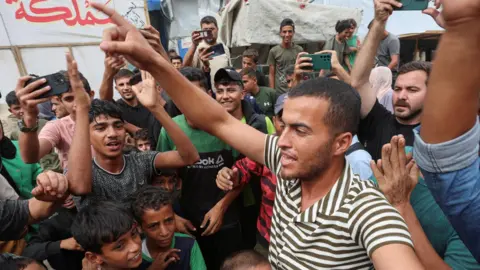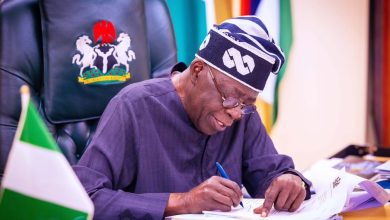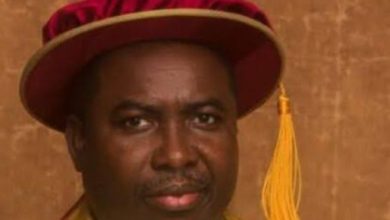Israel and Hamas agree first phase of Gaza ceasefire deal

Israel and Hamas have agreed to the first phase of a ceasefire and hostage release deal, paving the way for a possible end to the conflict in Gaza.
Under the plan, Hamas will release the 20 living hostages it is still holding, while Israel will withdraw its troops to an agreed line and free nearly 2,000 Palestinian detainees.
World leaders, Palestinians and Israelis have welcomed the news but details remain sparse and crucial further steps, such as who will govern Gaza, are still to be discussed.
The long-awaited breakthrough raises hopes for a lasting peace in a conflict that has lasted two years and two days, and cost tens of thousands of lives.
Israeli Prime Minister Benjamin Netanyahu said it was “a great day for Israel” and that his cabinet will meet to approve the agreement.
After approval by the Israeli government, a ceasefire would begin in Gaza.
Israeli troops in Gaza will then partially withdraw to an agreed-upon line, meaning that the Israeli military will control about 53% of the Gaza Strip.
A 72-hour window “will then begin, where all of our hostages will be released back into Israel”, Israeli government spokeswoman Shosh Bedrosian said, adding that Hamas will release the hostages it took from Israel when it carried out its 7 October 2023 attacks by Monday.
Israel will allow 400 aid trucks to enter Gaza daily during the first five days, with the number to increase gradually in later stages, a senior Palestinian official said.
Hamas confirmed that the agreement included an Israeli withdrawal from parts of Gaza and the entry of aid into the Palestinian territory. It called on US President Donald Trump to ensure Israel complies.
A Palestinian official said the “yellow line” that Israeli troops would withdraw to under Trump’s plan had been adjusted to reflect Israel’s security requirements and Hamas’s need to secure the release of Israeli hostages.
What Hamas and Israel have agreed to following three days of indirect talks in Egypt is largely the first portion of a 20-point peace plan Trump proposed at the end of September.
Hamas officials said that the list of prisoners it had submitted to mediators in Egypt for Israel to release included high-profile figures such as Marwan Barghouti, seen by many Palestinians as a future President. On Thursday, Israel said Barghouti will not be among those to be released
The deal reached on Wednesday night is also not a comprehensive agreement – meaning other key sticking points, including the disarmament of Hamas and the future governance of Gaza, are still to be negotiated.
Trump’s plan proposes a temporary transitional government led by a international committee and overseen by Trump and former Unoted Kingdom Prime Minister Sir Tony Blair.
Hamas would be barred from any role in Gaza and there is an expectation that the Palestinian Authority, which governs the West Bank, would eventually take over.
A previous ceasefire agreement that began in January collapsed after two months, without ever getting past the first stage of a three-stage plan.
Israel resumed its military campaign with a deadly wave of air strikes, with Netanyahu blaming Hamas for refusing to release more hostages.
On Wednesday, Netanyahu and Trump congratulated each other on the “historic achievement” during a “moving” phone call, according to the Israeli Prime Minister’s office.
Later, Trump told Fox News that the agreement would usher in a “different world”.
Israeli President Isaac Herzog said: “At this moment the heart of Israel beats as one with the hostages and their families.”
UN Secretary General António Guterres described the agreement as a “momentous opportunity”, adding that the UN will support the “full implementation” of the deal, increase its delivery of humanitarian aid and advance its reconstruction efforts in Gaza.
Meanwhile, there were celebrations in Israel and Gaza following news of the deal, though some are still treating it with understandable caution.





